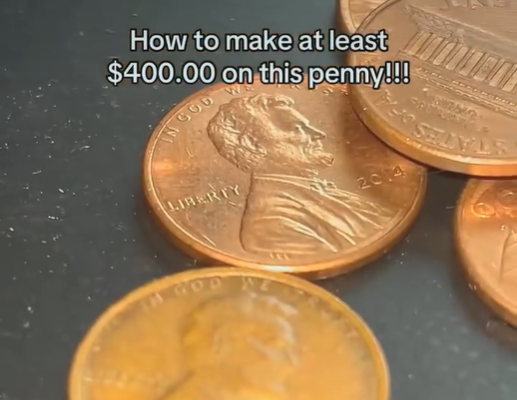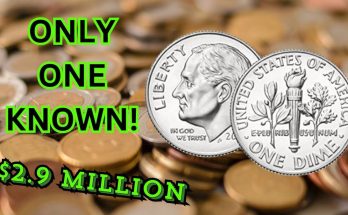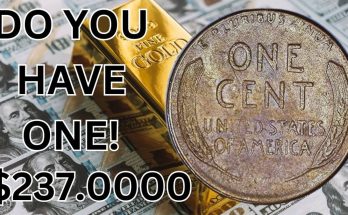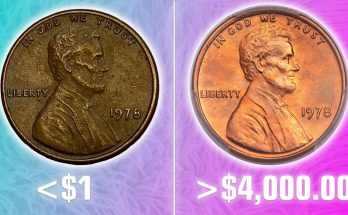Many collectors don’t realize that certain 1972 Lincoln Memorial cents can sell for $400–$560 or more — and they might be sitting in your change right now. This is thanks to one of the most famous modern minting mistakes: the 1972 Doubled Die Obverse.
How to Spot the 1972 Doubled Die Error
If you have a 1972 penny, you’ll want to closely examine three areas under good lighting and magnification:
- The Date (“1972”)
- On a doubled die penny, each digit in the date appears thicker and shadowed, with a clear second impression.
- This doubling is not from wear or damage — it’s part of the original strike.
- The Word “LIBERTY”
- Look for heavy doubling on all the letters, especially the “B” and “E.”
- The Motto “IN GOD WE TRUST”
- Doubling will be most visible on “IN” and “WE,” but can often be seen across the entire motto.
Why the Error Exists
The doubled die error happens during the hub-and-die creation process, when the working die receives multiple misaligned impressions from the hub. In 1972, one die with heavy doubling entered full production, releasing thousands of error coins into circulation.
Recent Sale Prices
- 1972 Doubled Die Obverse (MS-63) – Sold for $400
- 1972 Doubled Die Obverse (MS-65) – Sold for $560
Higher-grade examples with full luster can sell for well over $1,000 at major auctions.
Collector Tip
Keep every 1972 penny you find until you can check it under at least 5x to 10x magnification. Even circulated examples with obvious doubling can be worth hundreds. This error is well-known in the coin world — but still slips past many casual collectors.




